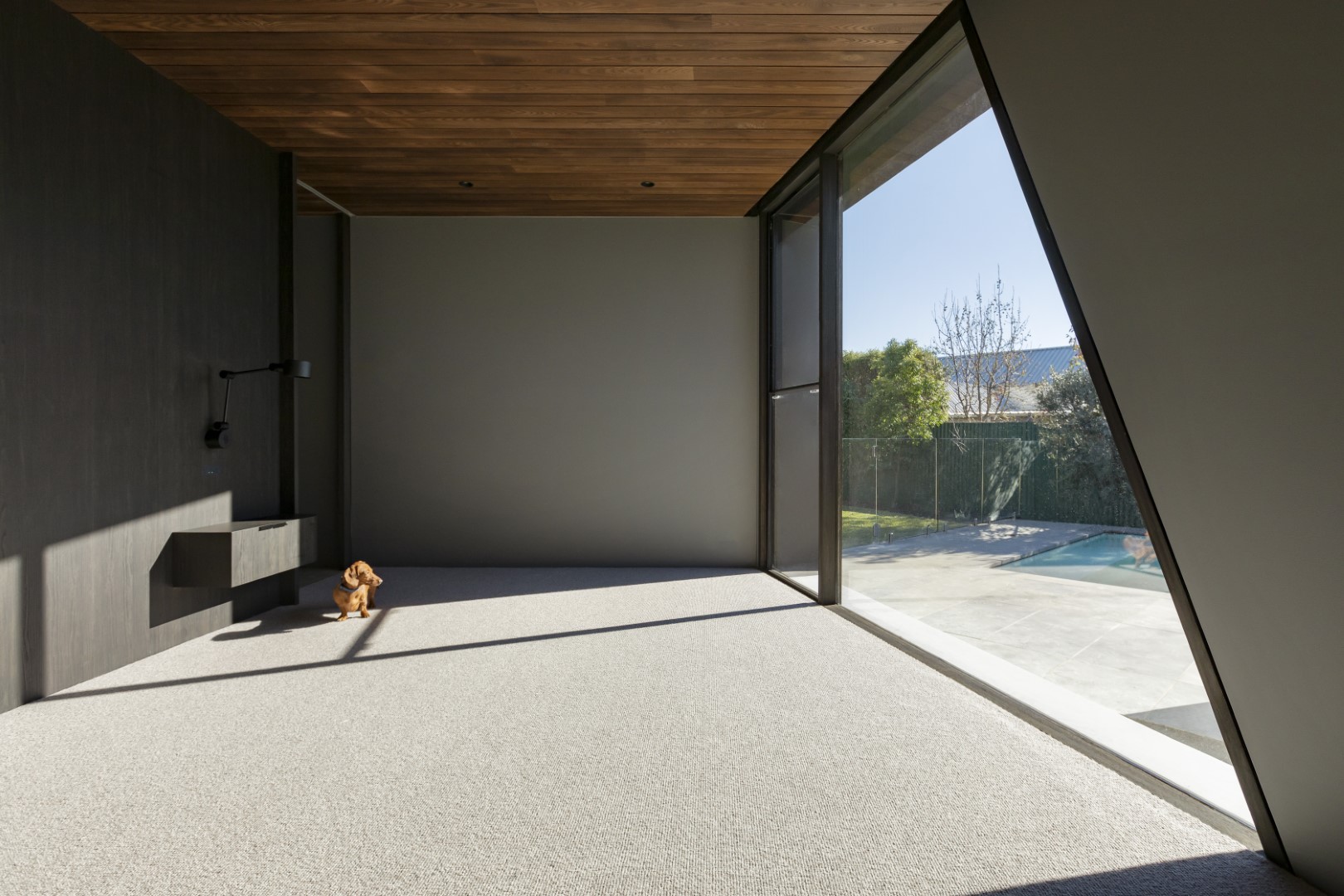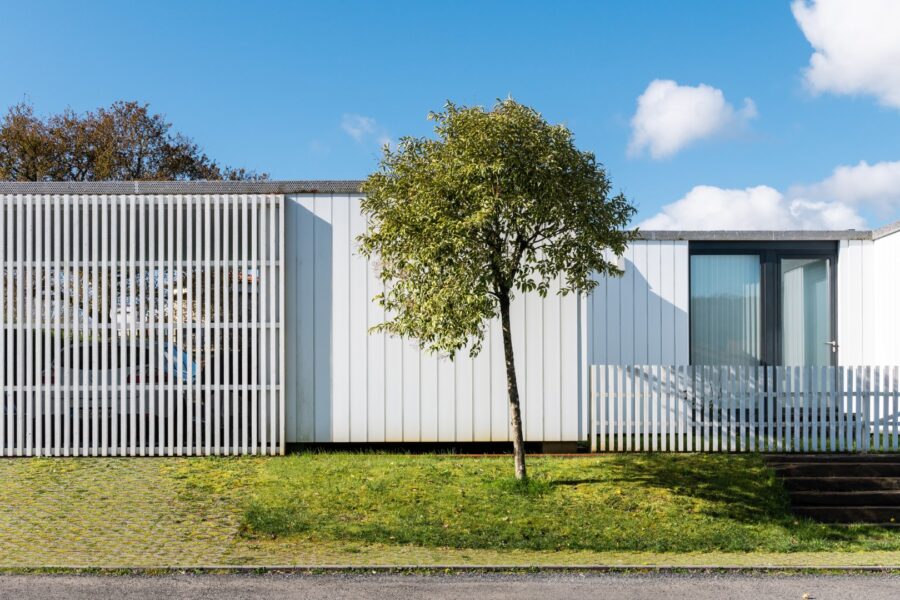As modern architecture continues to push boundaries, construction materials, including the ubiquitous steel rebar, face an evolution fueled by technological advancements. Innovations in materials science, alongside architectural creativity, are challenging the status quo of traditional construction methods. However, this evolution isn’t without hurdles, as it encounters obstacles concerning cost, feasibility, and the inertia of established practices.
The Technological Leap in Rebar Alternatives
1. Composite Materials
The emergence of composite materials is reshaping the construction landscape. Fiberglass, carbon fiber, and basalt rebar variants offer high tensile strength, corrosion resistance, and lighter weights compared to traditional steel rebar. These materials boast longer lifespans and reduced maintenance, promising a transformative shift in construction practices.
2. 3D Printing and Prefabrication
With advancements in 3D printing technology and prefabrication methods, rebar is no longer just a linear piece of steel. Customized, intricate structures can now be printed or prefabricated, reducing on-site labor and time while enabling innovative designs that were once impractical or impossible with conventional rebar.
Challenges and Considerations
1. Cost Implications
While alternative materials present numerous advantages, their initial cost can be considerably higher than traditional steel rebar. The investment in research, development, and production of these innovative materials translates into increased project costs, impacting the feasibility of widespread adoption.
2. Industry Familiarity and Standards
The construction industry has been reliant on steel rebar for decades, making it the standard choice. Introducing new materials requires retraining and adaptation across the workforce, and revisiting building codes and regulations to accommodate these alternatives, slowing down widespread acceptance.
3. Sustainability and Environmental Impact
While new rebar alternatives tout enhanced sustainability, their full environmental impact warrants examination. The production processes, material sourcing, and end-of-life considerations for these novel materials need rigorous assessment. Understanding the lifecycle carbon footprint, energy consumption, and recyclability of these alternatives is critical to ensuring they indeed offer a net environmental benefit compared to traditional steel rebar. Additionally, balancing environmental gains with economic feasibility poses a challenge, especially when cost-efficient yet environmentally friendly materials are sought after in construction projects. Integrating sustainable materials without significantly inflating project costs remains a pivotal challenge for the construction industry as it navigates the path towards a more eco-conscious future.
Balancing Innovation and Tradition
In the pursuit of modernity and efficiency, the construction sector faces a balancing act between embracing technological advancements and preserving the reliability and familiarity of traditional methods.
While modern materials promise sustainability, longevity, and design flexibility, their higher costs and the industry’s resistance to change present hurdles. Conversely, steel rebar, with its established track record, ease of use, and affordability, remains a stalwart choice despite its limitations in certain applications.
The Path Forward
The future of rebar lies in a symbiotic relationship between innovation and pragmatism. Gradual integration of new materials through pilot projects, cost-benefit analyses, and ongoing research is crucial. Collaboration between architects, engineers, manufacturers, and policymakers is essential to streamline the adoption of modern alternatives while maintaining safety and reliability in construction.
As architecture evolves, the role of construction materials, particularly rebar, undergoes a transformation. The convergence of technology and design propels the industry towards a future where alternatives to traditional steel rebar offer unparalleled possibilities. However, the transition requires careful navigation, addressing cost concerns and industry standards while fostering a mindset open to embracing innovation. The future of rebar is undoubtedly evolving, promising a landscape where construction meets the demands of modernity without compromising on structural integrity and safety.




